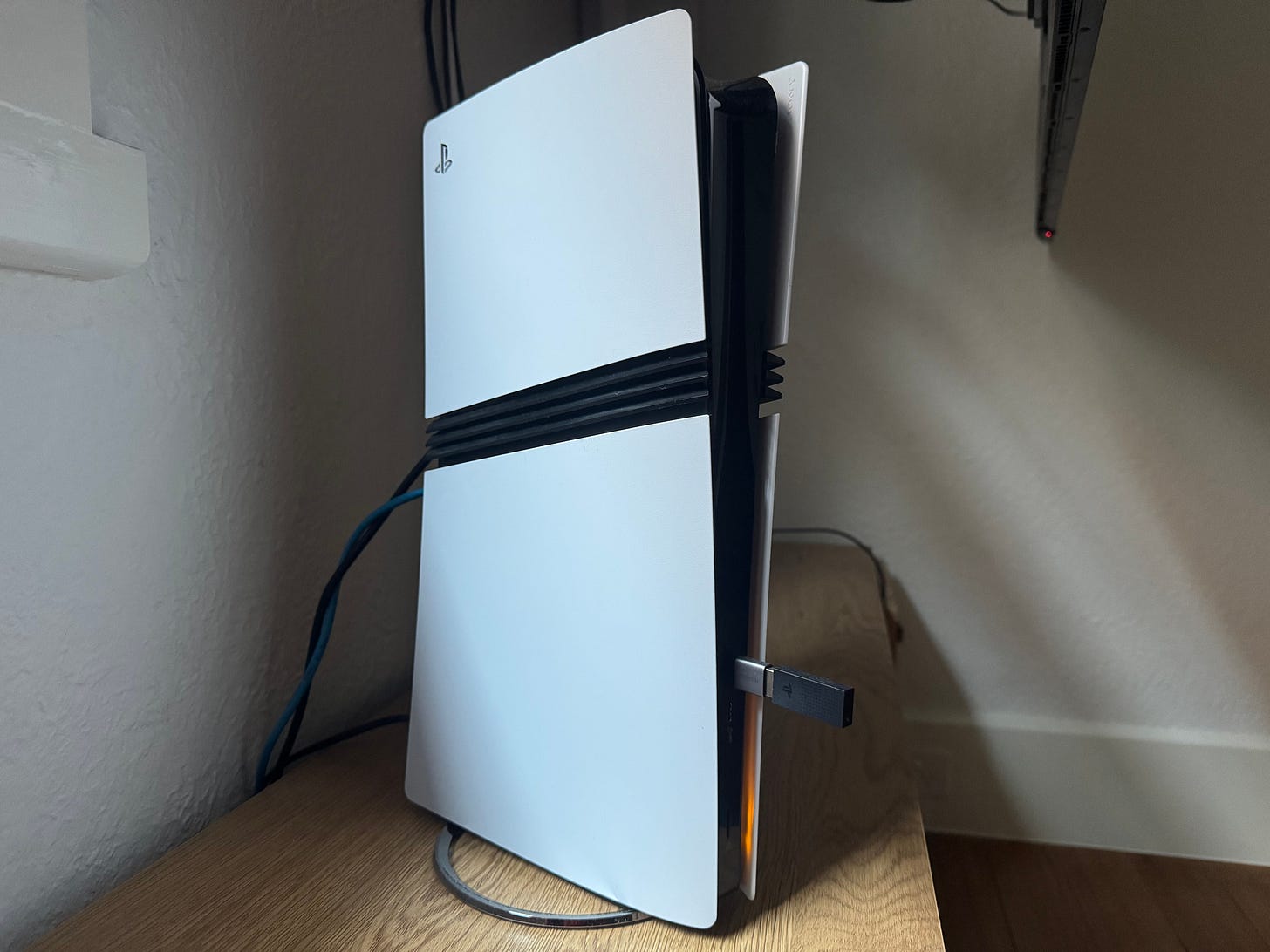Six months in, I'm struggling to justify spending $1200 on the PS5 Pro
When enhanced graphics just aren't enough. And why that's now an issue for Sony.
Let it be known: I'm a sucker for a tech upgrade. I'm one of those weirdos who tries to update their phone every two years. I swapped out my PlayStation 4 for a PlayStation 4 Pro. My original Switch for the OLED version. My preorder was down within minutes of launch for a Switch 2.
Usually, I'm so happy with the newer version that my only remorse is not capitalising on the upgrade sooner. So when the opportunity came around to upgrade my PlayStation 5 to the PlayStation 5 Pro, I leapt at it. Sold my old PlayStation 5 on Facebook Marketplace for around $500 AUD and made the switch to the Pro.
When it first launched, I argued that Sony had not done enough to justify the price jump and really make the product feel premium. Six months in, not only do I still feel the same way, but I'd struggle to find a reason to justify the spend more broadly to my other friends who own a PlayStation 5. I don't think I'm alone in my experie…
Keep reading with a 7-day free trial
Subscribe to Infinite Lives to keep reading this post and get 7 days of free access to the full post archives.




